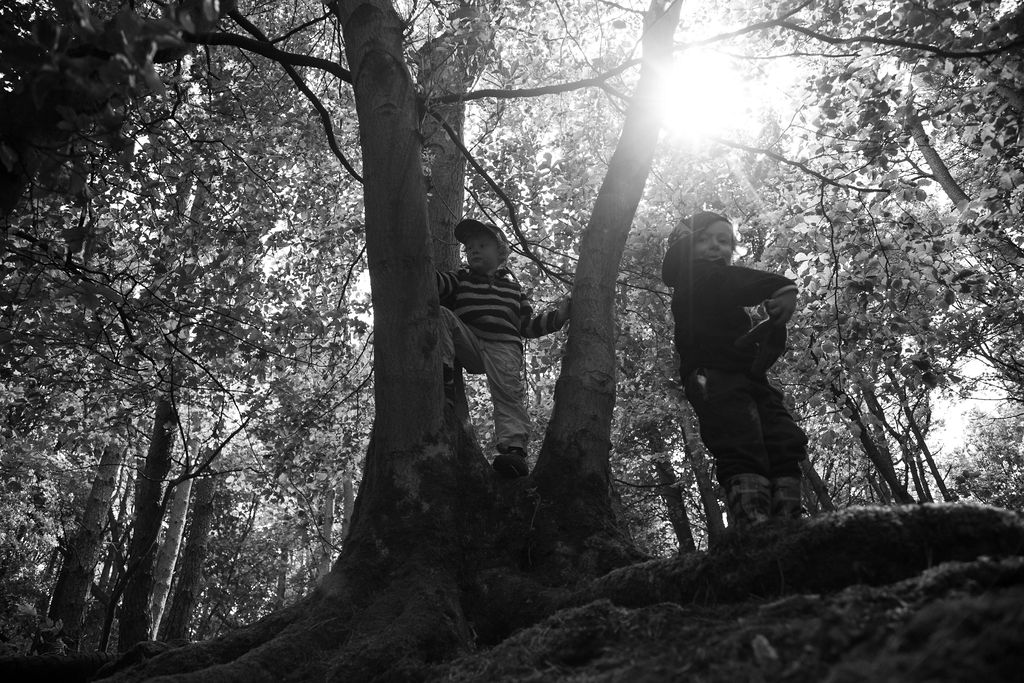
I wonder if any of you may have upturned a Secret Garden backpack or waterproof lately and, (surprise!) sent a cache of horse chestnut seeds bouncing merrily across the floor?
Conker collection time is here!
These seasonal treasures that gleam so richly and fit so perfectly into a little fist are irresistible, and carry with them many claims of varying credibility, such as:
Keeping a supply in the house will deter spiders.
The ‘horse’ element of the name refers to the supposed medicinal quality of the flowers and seeds, said to prevent horses from coughing.
They are very bitter and will taste horrible if you try to eat them. This is, I’m afraid, definitely true. Conkers contain a chemical called aesculin which is by all accounts disgusting and perhaps not surprisingly, slightly poisonous as well.
Most famously of course, conkers are the main components of the game ‘Conkers,’ in which opposing players attempt to smash each other’s conker to bits, with uproariously fibrous results.
Who will be the conkerer? (Sorry…) It remains to be seen…or does it?
Our far away friends on the Isle of Wight take the enterprising biscuit when it comes to conkers. Not only was the first recorded game of Conkers held there in 1848, look at what these clever folk have more recently discovered:
https://diaryofafirstchild.com/2020/11/13/how-to-make-conker-soap/
Handwashing in the woods doesn’t get much more ‘woods’ than that! Maybe we could give it a try?
In our Spiral curriculum, the Horse Chestnut symbol represents ‘recognising and appreciating differences and similarities between people’.
This is the stage of the year when the children have had time to get to know one another, forge new friendships and deepen existing ones.
We see them communicating and collaborating, being open to letting others show and share who they are, celebrating the familiar but also engaging with and accepting the new.
Through this openness and acceptance the children are growing in their sense of community and belonging.
Mazz Brown, Woods Practitioner
